Under a sky untouched by the glow of city lights, where the horizon stretches uninterrupted and the stars blaze with undimmed brilliance, lies the Meteor Shower Farm. This secluded haven, known as the Zero-Light Pollution Wheat Field, has become a sanctuary for astronomers, dreamers, and those seeking solace in the cosmos. Here, the earth and heavens converse in silent splendor, offering a rare glimpse into the universe’s grandeur.
The farm, nestled in a remote valley far from urban sprawl, is a testament to the fading beauty of pristine night skies. Unlike most of the world, where artificial light drowns out celestial wonders, this patch of land remains untainted. The result is a spectacle few have witnessed: the Milky Way arching overhead like a river of diamonds, and meteor showers so vivid they seem within arm’s reach. Farmers who work these fields speak of nights when shooting stars outnumber the stalks of wheat, painting the sky with fleeting fire.
For centuries, humanity has looked upward in awe, but modern life has eroded that connection. The Meteor Shower Farm is a deliberate rebellion against this disconnect. Its custodians have resisted the encroachment of development, preserving the land not just for agriculture, but as a bridge to the cosmos. Visitors who make the pilgrimage here often describe the experience as transcendent—a reminder of our small yet profound place in the universe.
The wheat fields themselves play an unexpected role in this celestial theater. By day, golden waves sway under the sun; by night, they become a mirror for the heavens. On still evenings, the constellations seem to ripple across the land, their reflections caught between the stalks. This duality—earth and sky, grounded and infinite—is what makes the farm so magical. It’s no wonder photographers and poets flock here, chasing the perfect interplay of light and shadow.
But the farm’s significance goes beyond aesthetics. Scientists have begun using it as a living laboratory to study the effects of light pollution—or rather, its absence. Preliminary findings suggest that ecosystems here thrive in ways unseen elsewhere, with nocturnal creatures exhibiting behaviors long forgotten in brighter locales. Even the wheat, bathed in unfiltered moonlight, grows differently, its rhythms attuned to the cosmos. Researchers whisper of a "lunar agriculture", though such ideas remain on the fringe.
Yet the farm’s future is uncertain. As word spreads, so does the threat of its own popularity. Dark-sky preserves are rare, and their fragility is often their undoing. The custodians now walk a tightrope between sharing their gift and protecting it. Some advocate for strict limits on visitors, while others dream of a global movement, where places like this become the norm rather than the exception. The debate is as vast as the sky above them.
For now, though, the Meteor Shower Farm endures. On clear nights, when the Perseids or Geminids rain down, those lucky enough to be present fall into a shared silence. There are no cameras, no chatter—just the collective breath held as the universe puts on its show. In those moments, the farm is more than a place. It’s a promise: that wonder still exists, and it’s worth preserving.
Perhaps that’s why the wheat fields persist. They’re not just crops, but keepers of an ancient dialogue between humanity and the stars. As long as they stand, the conversation continues—one meteor, one harvest, one unspoiled night at a time.
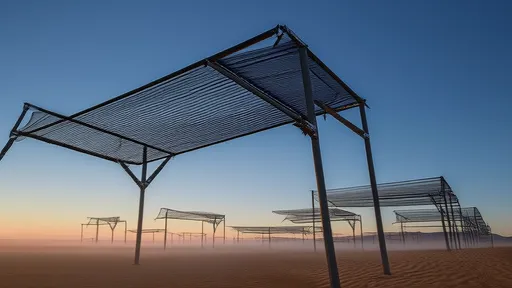
By /Jul 16, 2025

By /Jul 16, 2025

By /Jul 16, 2025

By /Jul 16, 2025

By /Jul 16, 2025

By /Jul 16, 2025

By /Jul 16, 2025

By /Jul 16, 2025
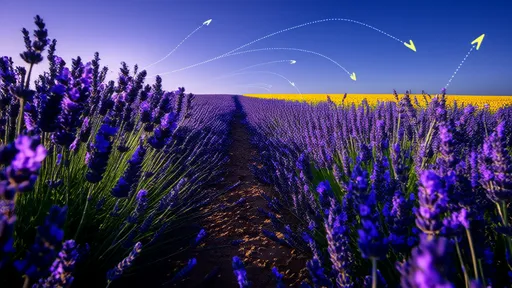
By /Jul 16, 2025
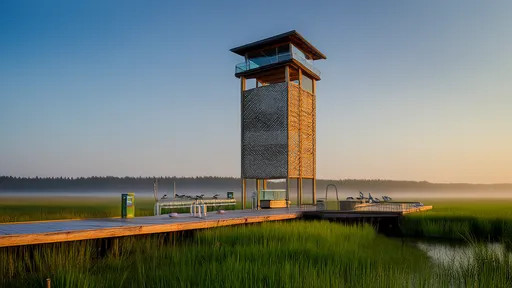
By /Jul 16, 2025

By /Jul 16, 2025

By /Jul 16, 2025
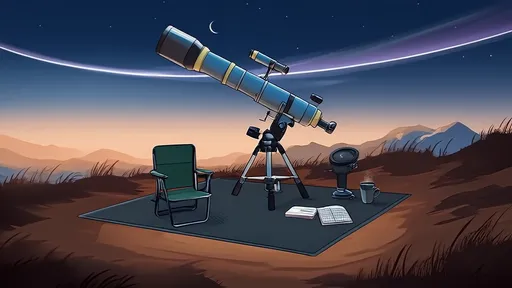
By /Jul 16, 2025

By /Jul 16, 2025

By /Jul 16, 2025
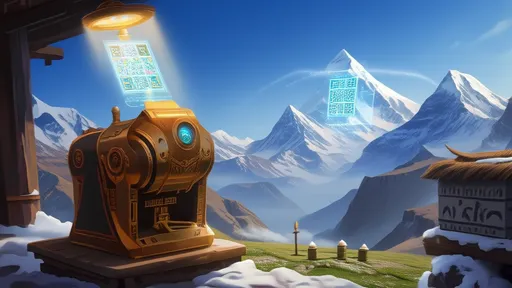
By /Jul 16, 2025

By /Jul 16, 2025

By /Jul 16, 2025